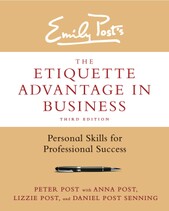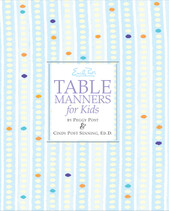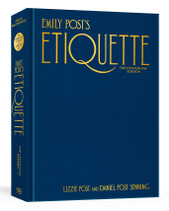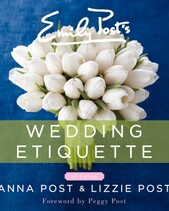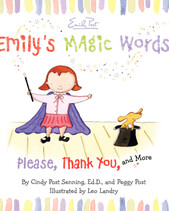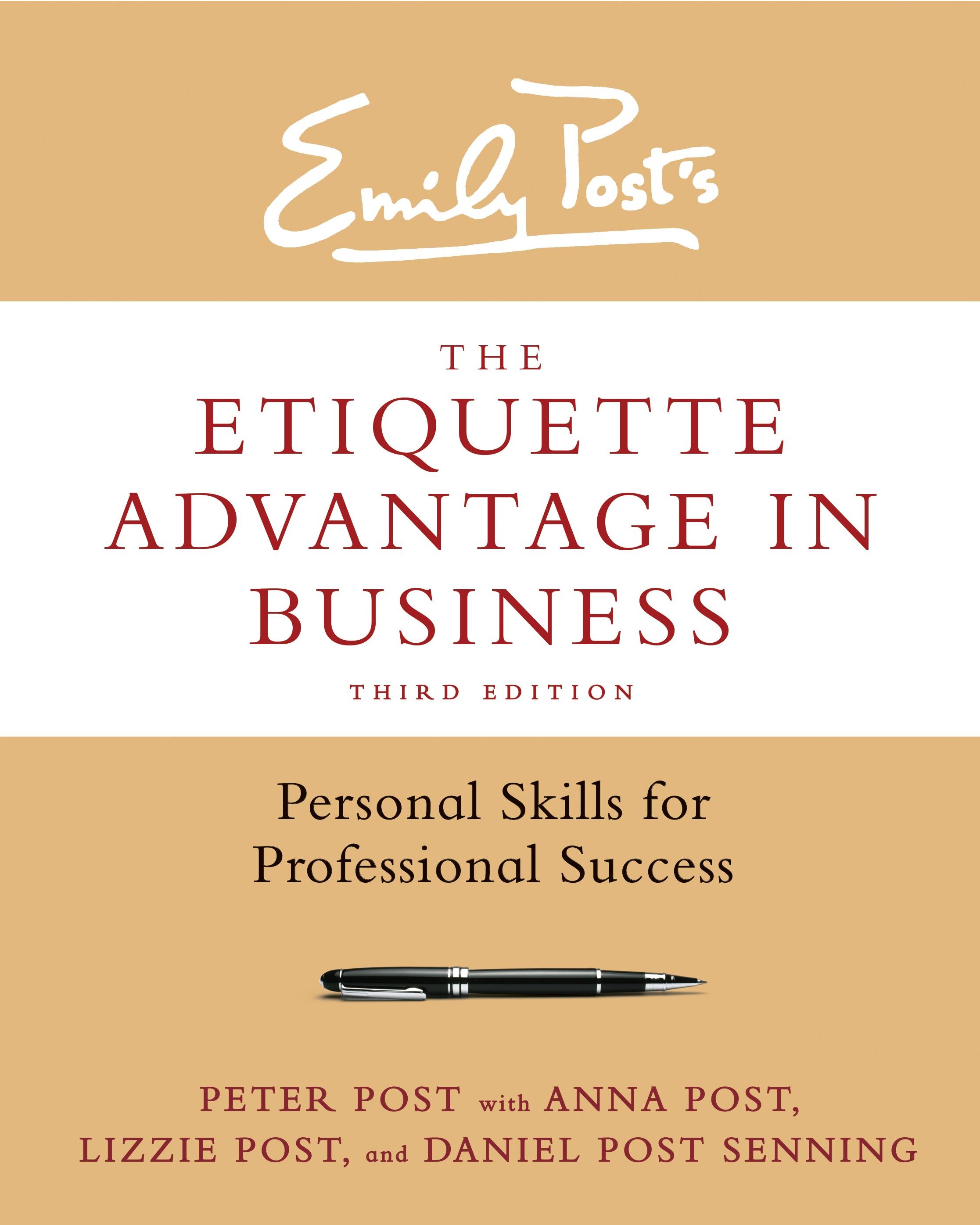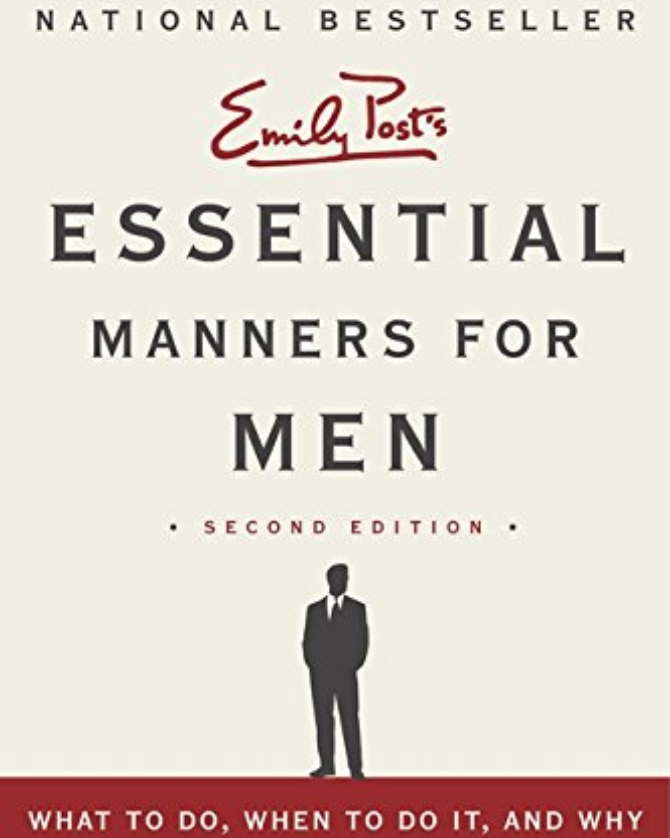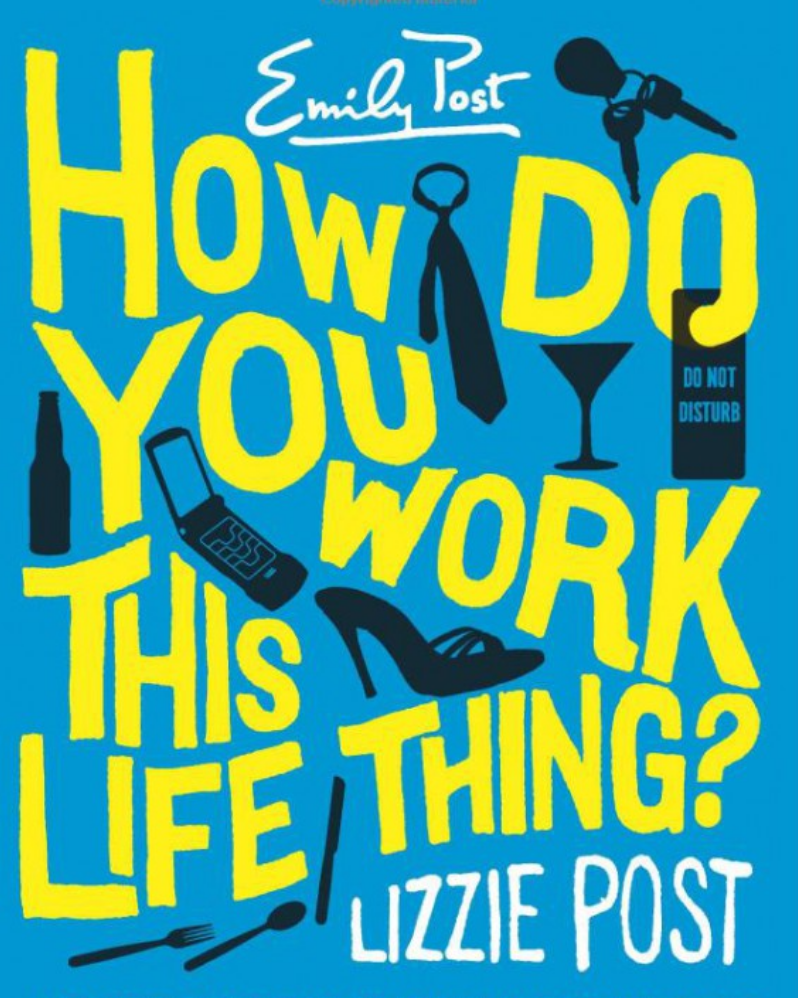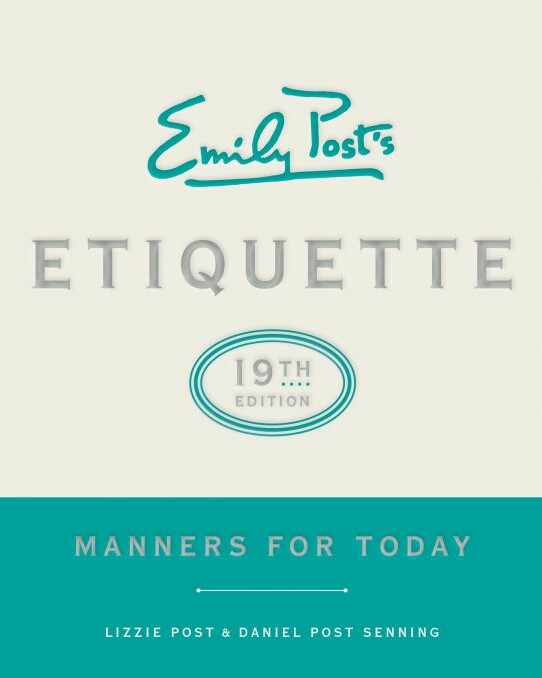Business Casual Attire

Depending on where you work, your employer may have a strict or loose dress code. Or maybe you’re attending a networking event or conference that has recommended business casual attire. Regardless of your situation, we’ve put together this guide to help define what business casual attire means and what mistakes to avoid to make sure you don’t end up feeling out of place.
Tips for Business Casual Dress Codes
Think about business casual dress codes and exception days as being a relaxing of usual standards and expectations. Often, what is acceptable is about one notch down the formality chain from the usual expectations.
If you usually wear a suit to work, casual Friday might mean jackets and no ties. If you wear a button down and chinos four days a week, casual Friday could mean a polo with jeans and sneakers (although that wouldn’t technically by more traditional standards be described as business casual attire).
- Plan ahead. Don’t put together your next business casual look from what you find at the edges of your closet. Plan a business casual look that you both feel comfortable and confident in, but that also clearly meets the expectations of your workplace.
- Don’t limit the applications to business. An excellent business casual outfit or item can work nicely as a more formal or dressy option in many social settings.
- Enjoy the latitude but don’t push the limits. It is a tale as old as time, the one person who goes too far and ruins it for everyone. Don’t be the person in ripped jeans and flip flops getting off a red-eye from Vegas who gets the policy changed for everyone else.
Context Matters: Dressy Casual vs Less Dressy

Business casual dress codes can mean different things to different people. In general, the term business casual usually refers to a slight step down in formality from the norm, so it’s important to know what is usually expected in that environment.
For example, in a super formal setting, one where people usually wear full suits, you might still be expected to wear a sport coat, button down shirt, slacks, and leather shoes. In contrast, if the standard for business attire in the given environment is less formal, then likewise, business casual can be expected to be a step down in formality.
- Dressy Casual (places people usually wear suits): jacket, button-down dress shirt (tie optional), slacks, loafers or casual lace up leather shoes.
- Less Dressy (places people are not usually wearing suits): sweater (optional), button-down shirt (dress or casual), chinos or khakis, casual leather shoes or well kept sneakers.
Business Casual for Women

Business Casual
- Skirt, khakis, or pants
- Open-collar shirt, knit shirt or sweater (no spaghetti straps or décolleté)
- Dress
Dressy Casual
- Dress
- Skirt and dressy top
- Dressy pants outfit
- Nice jeans and dressy top
Business Casual for Men

Business Casual
- Seasonal sport coat or blazer with slacks or khakis
- Dress shirt, casual button-down shirt, open-collar or polo shirt
- Optional tie
- Loafers or loafer-style shoes, and socks
Dressy Casual
- Seasonal sport coat or blazer, and slacks
- Dress shirt, casual button-down shirt, open-collar or polo shirt
- Optional tie
Are Jeans Business Casual?
Jeans are usually a no. Clean and neat, well fitted, in an atmosphere that is on the more casual end of the spectrum, you could maybe do it.
Business Casual Shoes
Depending on the situation, leather shoes are probably the safest bet for business casual dress codes.
Sneakers are usually a no-go. Although, once again, if they are not too beat up or outrageously fashion forward there are lots of more casual places where you could comfortably wear business casual sneakers. Pick single or simple colors so as not to draw too much attention.
Dressing for Work During the Warm Summer Months
The formality of office attire can often diminish as temperatures rise. Every workplace is different, and some are more relaxed than others, but appearances are always important—it’s how people will remember you—co-workers and clients.
At The Emily Post Institute, we know that business relationships are built on proper etiquette and manners. Keeping a professional appearance is important to sustaining these relationships.
Read our tips on how to dress appropriately for work during the summer.
Common Mistakes & What Not To Wear
You can always ask about the details of a dress policy. This means either specific items, “May I wear jeans on a casual Friday?” or the bigger picture intent of the policy. “Is this dress-down Friday for interoffice work only? Should I be ready to notch it up if we are doing client facing meetings?”
Knowing the goals can help you make little choices that are not outlined in the policy.
- Sandals - Stick to closed toe shoes as long as the word business is in the description. And please don’t ask about flip-flops.
- Torn, Worn, Threadbare - A step down in formality does not change any expectations about the care and cleanliness of what you wear.
- Workout clothes - You might be most comfortable wearing what you would wear to the gym around town but, once again, this is a workplace standard.
- No Belt - Always tuck in a shirt that does not have an even waist line. Note that you can only do this properly if you have a belt.
Read our other attire guides, check out more tips for how to succeed in business, and sign up for our newsletter to stay in touch.
